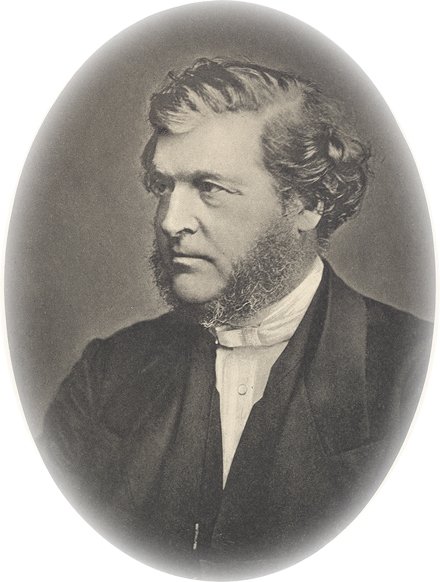This is not to say that there is no such thing as allegorizing, plainly there is. We would however emphasise that there is a difference between those things that are expressly presented as signs and making historical passages into allegories. We have in our possession a copy of Emmanuel Swedenborg’s ‘Heaven and Hell’. Swedenborg was a genuine allegorizer. We give a random example:
“The members, organs and viscera of man, when mentioned in the Word, denote similar things, for every expression in the Word has a signification derived from correspondence; by the head, therefore, is signified intelligence and wisdom; by the breast, charity; by the loins, conjugal love; by the arms and hands, the power of truth; by the feet the natural [principle]; by the eyes, understanding; by the nostrils, perception; by the ears, obedience; by the kidneys, the purification of truth; and so forth.” (‘The Future Life’, [London, the Missionary and Tract Society of the New Church, 1879] P. 31)
This is true allegorizing, affixing a symbolic meaning to every word of Scripture and interpreting the Bible (especially the historical portions) according to these symbolic meanings. So, for example, taking Swedenborg for our example, we might say that when the Scripture says ‘Stretch out your hand’, what it really means is that we should exalt the power of Truth. That is allegory. But when The Apostle Paul speaks in Romans 11 of the one olive tree, that is symbolism, for he makes it clear that this olive tree is not a literal tree but a symbol of the people of God. So the ‘Beyond Creationism’ people who make the early chapters of Genesis a picture of Israel’s judgment are allegorizing, but those who say that the Harlot of the Revelation is symbolic of the antichristian apostate Church are simply seeking to understand a symbol. This loose use of the term ‘allegorical’ is something that we confess that we dislike. Particularly as it would be a brave man who compared William Hendriksen with Swedenborg!!! Allegorical is not a synonym for symbolic. The two are different, at least in modern English usage. We would prefer to reserve the term 'allegorical' interpretation for the illegitimate application of a symbolical hermeneutic. the book of Revelation is explicitly symbolic, and only makes sense interpreted in this way.
Of which more, God willing, next time.

No comments:
Post a Comment